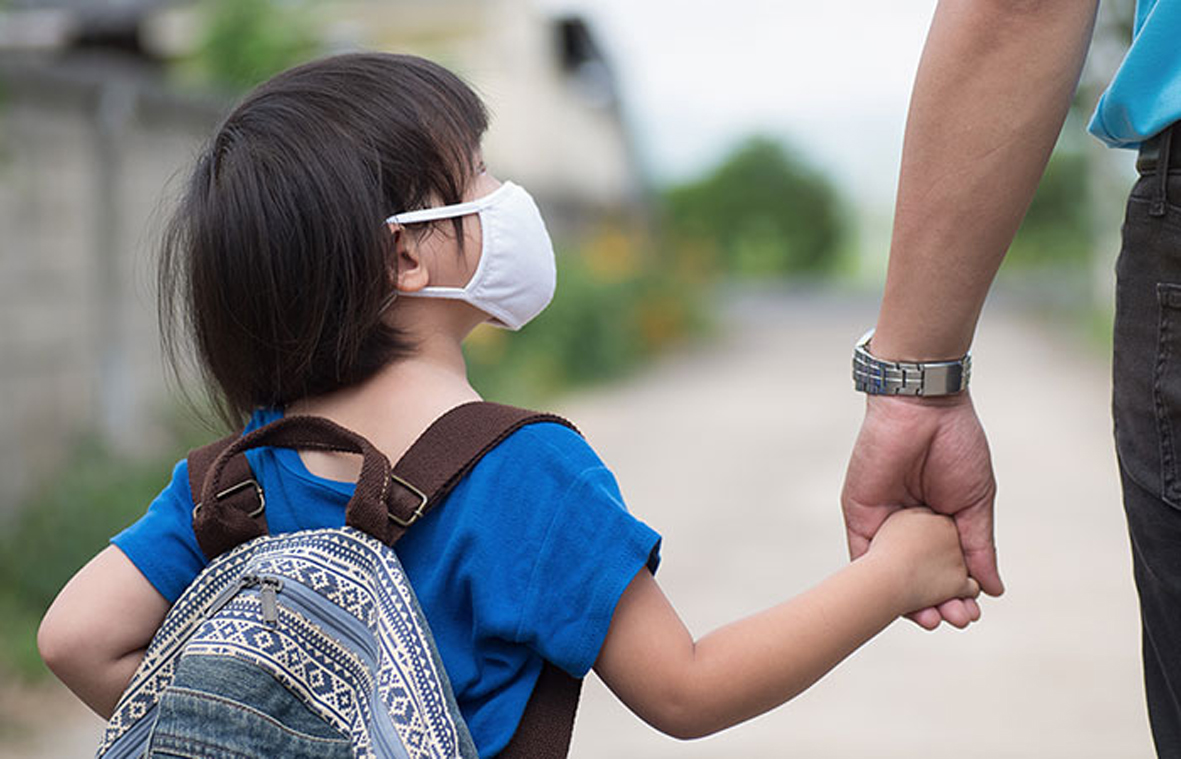Shria Abrol
Every year at this time signs indicate back-to-school season, parents start to receive messages from the school, students are assigned classes, and families start to prepare for the new academic year. Back to school anxiety will be a major factor for a lot of students going back to school after COVID-19.Whether your child is in elementary, middle school, or high school, anxiety about going back to school is quite real and should not be dismissed. As we all know, it is quite normal to feel anxious or worry on occasion, but if it becomes chronic, it can interfere with the ability to enjoy many things in life, including school.
Few symptoms related to back to school anxiety as school opening approaches:
* Is your child asking repetitive questions about various school scenarios?
* Is your child bringing up physical ailments such as: stomach aches, fatigue, or headaches?
* Is your child having any sleep issues while falling to sleep or worries upon waking up?
* Is your child avoiding activities or refusing to go to school altogether?
* When preparing for a return to school, think about it from your child’s perspective, so that you can show empathy and support. So, let’s explore some ways we can help our children and ourselves.
* Put routines in place. A few days before school starts, shift to the bedtimes and wake-up times that will be needed. Many teens will have to wake up early. Make sure they get the sleep they need.
* Model good coping behaviours for children. Be calm, honest, and caring. Children will look at you and learn from the skills you use daily to deal with stressful situations.
* Set realistic academic goals. Academic expectations will have to be adjusted to reflect the reality of where children are, and to motivate and encourage them, rather than focusing on being behind where they would have been without the pandemic.
* Let teachers and school counsellors know. You don’t have to give personal details. But it can help if someone at school knows that a child has been through a tough time. When teachers are aware, they can show kindness and give extra support.
* Some children will quickly adjust to in-person learning. Others need more time or extra help. Each child has to move forward at his own pace.
* We must understand that not only are children transitioning to a ‘new normal’ but so are principals, teachers, bus drivers and school administrators. As we venture forward, it is OK to stumble. Embrace the challenges and take comfort in the idea that everyone is in this together.
(The author is Counsellor , Jodhamal Public School)
Trending Now
E-Paper


